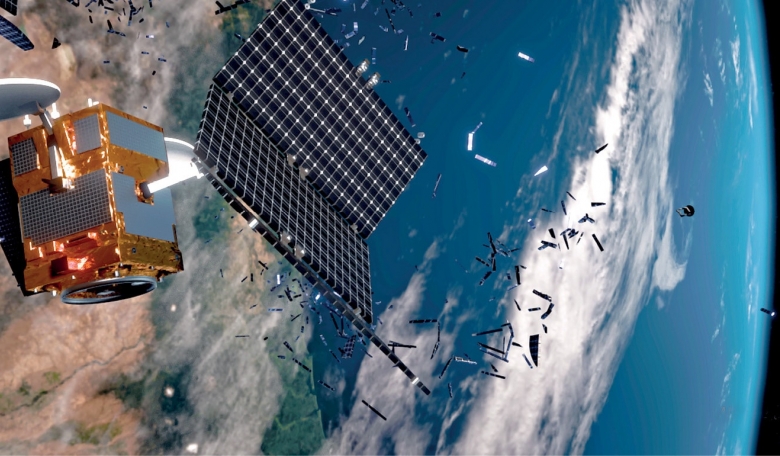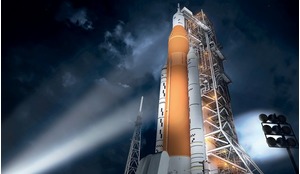Space debris and its growing potential to impact on orbiting satellites and spacecraft is a hot topic of which even the general public is now aware. Space scientists have warned that it is a problem, and one that is getting worse. But just how bad is it and how bad will it get? And can we track space debris? Well the answer is both ‘yes’ and ‘no’, according to Seradata’s Tim Fuller.
The starting point for tracking space objects is the US Joint Space Operations Center (JSpOC) catalogue of all artificial Earth orbiting objects. The tracked objects’ orbits are published in the form of Two Line Element sets or TLEs. This is a great resource, which currently covers about 19,000 in-orbit objects including live and retired satellites, and rocket bodies, as well as pieces of debris shed by these.
However, TLE coverage and accuracy is limited. The measured orbital position can be out by several km compared with the actual location - an inaccuracy that makes orbital manoeuvres to avoid debris problematic using this data. Indeed, it has caused some space operators to form their own tracking organisations, such as the Space Data Association.
An even more important issue is that the coverage provided by the TLE data is just the tip of the iceberg. Most of the 19,000 objects capable of being systematically tracked have a size greater than 10 cm diameter in low Earth orbit (LEO) and greater than 1 m in geosynchronous orbit (GEO). This means that the whereabouts of the majority of orbital debris is unknown.
Space agencies and companies are beginning to realise that debris strikes, such as the one that punched a 40 cm diameter hole in the solar array of the European Space Agency’s (ESA) Sentinel- 1A spacecraft, are much more common than originally thought, and are likely to increase.
Read more of Tim Fuller's analysis of the risk posed by accumulating space debris and what can be done to solve this problem in the full version of the article, available now to our subscribers.














